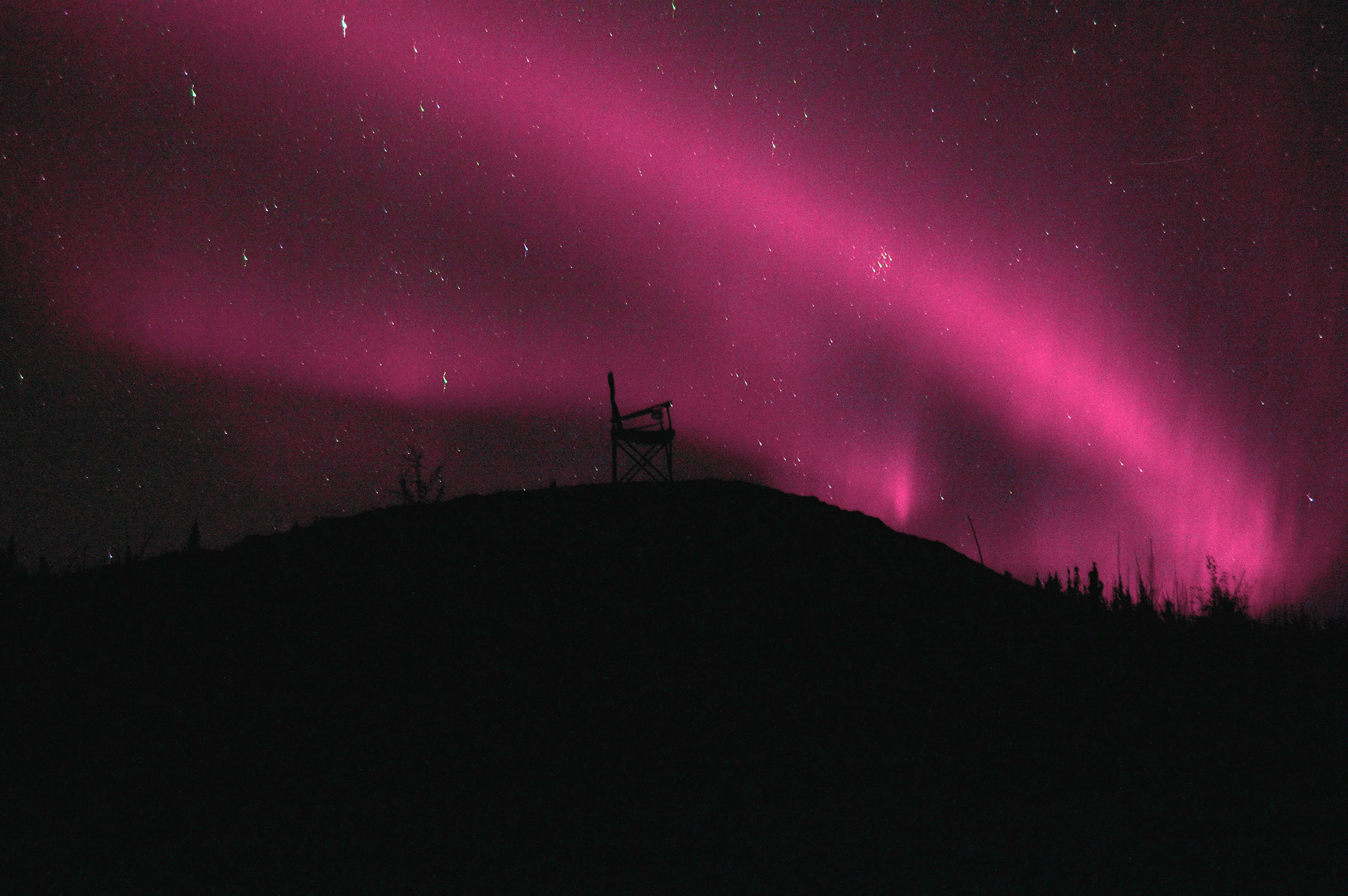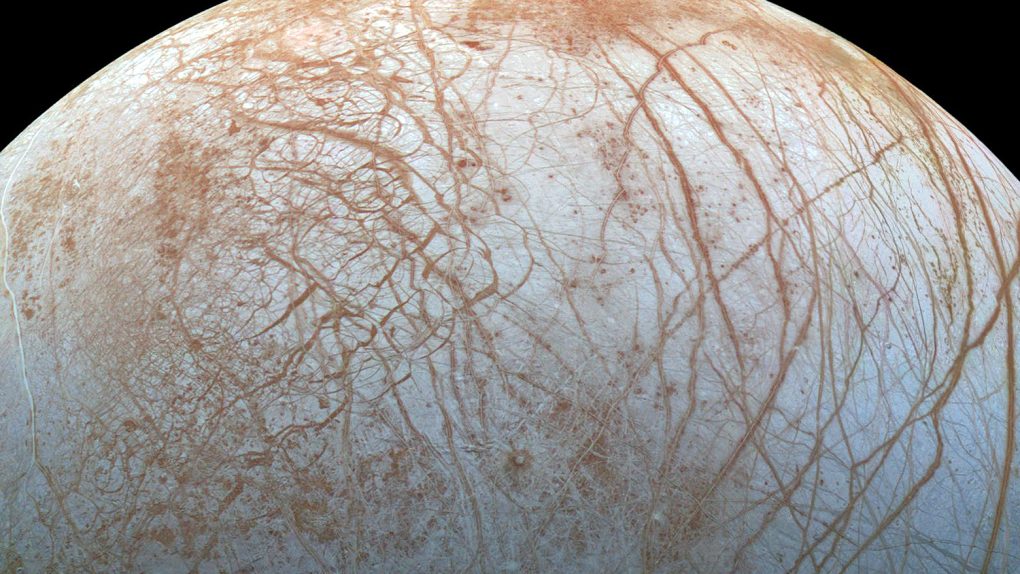The northern lights make for some of the brightest and most spectacular light shows you can ever see on Earth. But what if I told you that Jupiter’s moons have even brighter auroras? According to a series of new papers, all four of Jupiter’s large moons are capable of experiencing auroras. Further, they create some of the brightest that astronomers have ever observed.
It isn’t all that surprising that the Jovian system is home to bright and striking aurorae. In fact, observations by James Webb earlier this year showed incredible auroras on Jupiter itself. So, seeing those same shining, bright auroras on Jupiter’s moons shouldn’t be that surprising. We’ve known about them for quite some time, in fact. However, detecting them has been difficult.
That’s because the sunlight reflected from the surface of the moons’ surfaces often washes out the light signatures, making it difficult to pick up the auroras on Jupiter’s four largest moons. However, new observations have provided vital information about the aurora, including showing that they are deep red and often 15 times brighter than the northern lights on Earth.

The observations were made possible by combining data from the Keck Observatory’s High Resolution Echelle Spectrometer (HIRES), the Large Binocular Telescope Observatory, and the Apache Point Observatory. By combining data from all three, astronomers were able to detect the auroras on Jupiter’s moons with more precision, allowing for more accurate observations.
Astronomers say the auroras are caused by radiation for Jupiter proper, which interacts with the atmosphere of the four largest moons, creating the light shows in each moon’s atmosphere. What’s more intriguing, the auroras could shed some light on what the atmospheres on these Jovian moons are made of.
According to the researchers, much of the atmosphere is most likely made of molecular oxygen, just like that which we breathe on Earth. All four of the Jovian moons showed similar oxygen aurorae, which means all four probably share similar atmosphere makeups.
Of course, the atmosphere of each moon is vastly different, with some thinner, while others likely contain high concentrations of sodium chloride from volcanic activity. Despite those differences, the astronomers were able to learn much about the auroras on Jupiter’s moons.








